Watch: Meteor sighting over the Pacific Northwest is simply fascinating
A fascinating meteor fireball was spotted streaking across the sky in the Pacific Northwest yesterday, October 13.
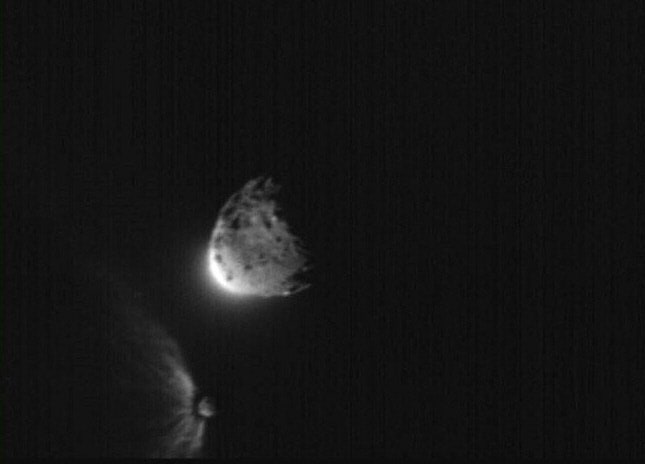
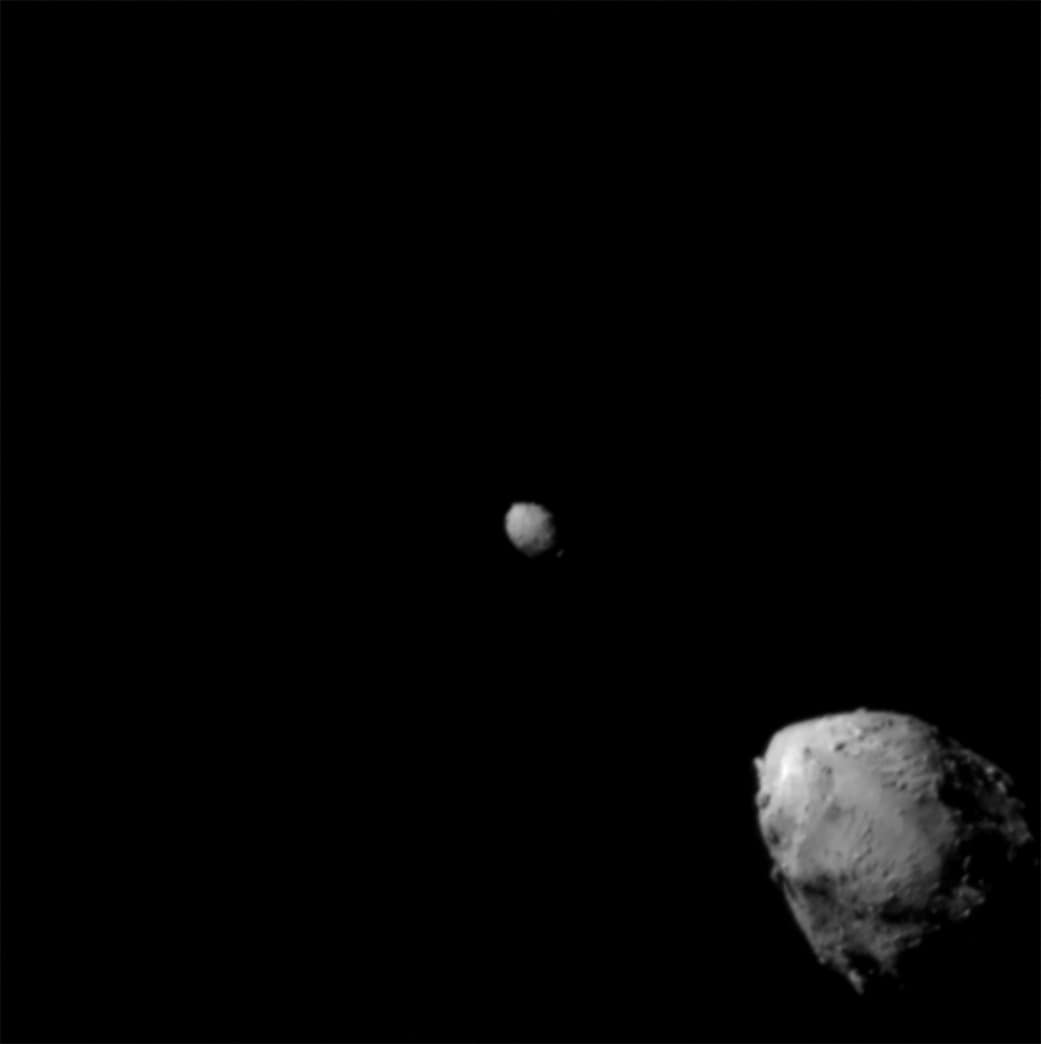
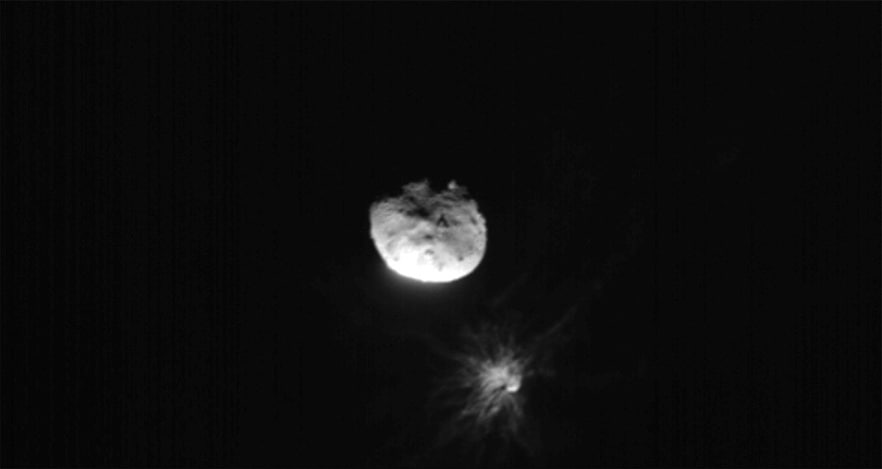
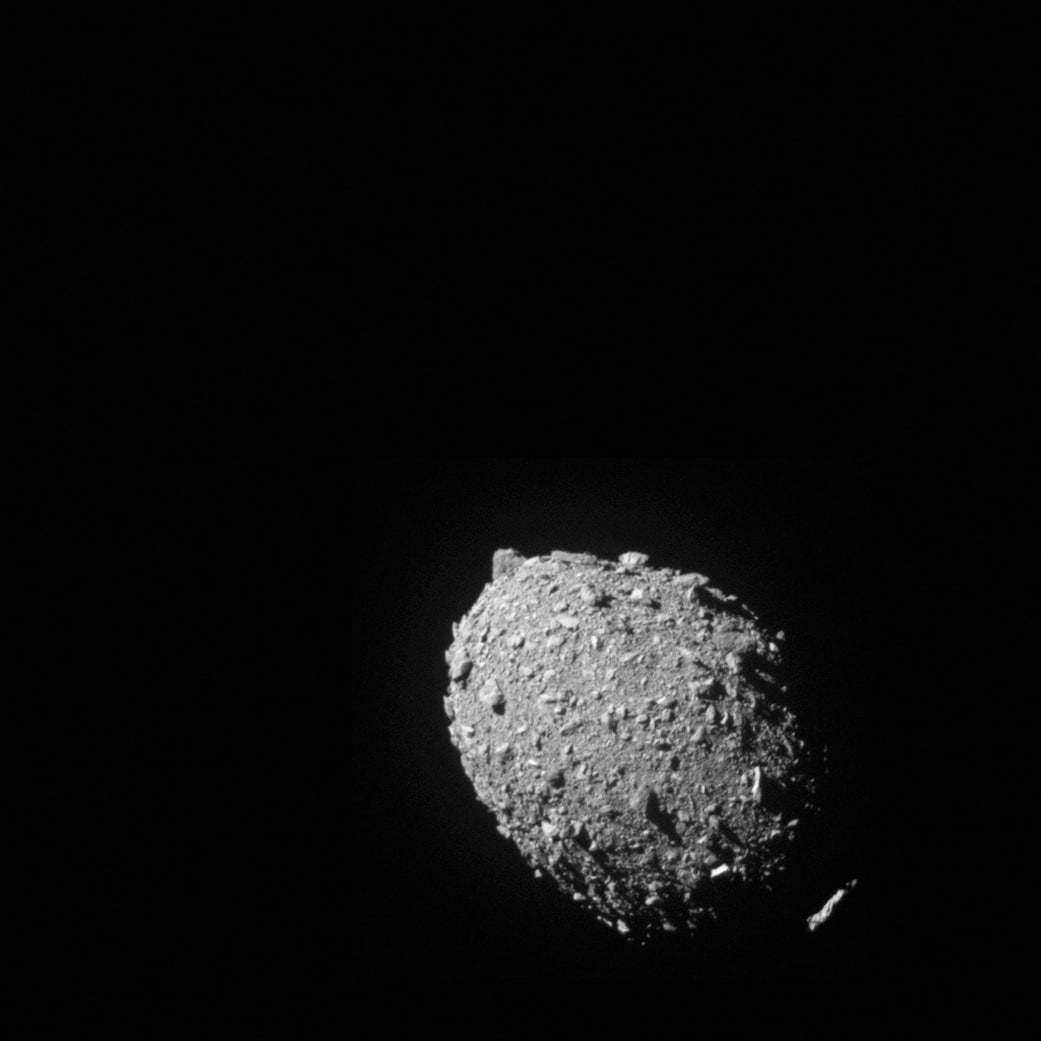
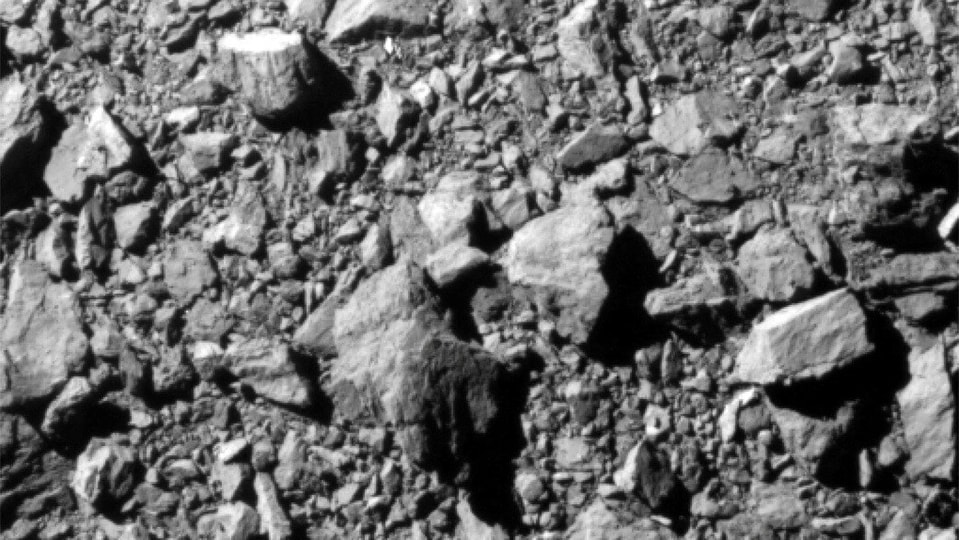
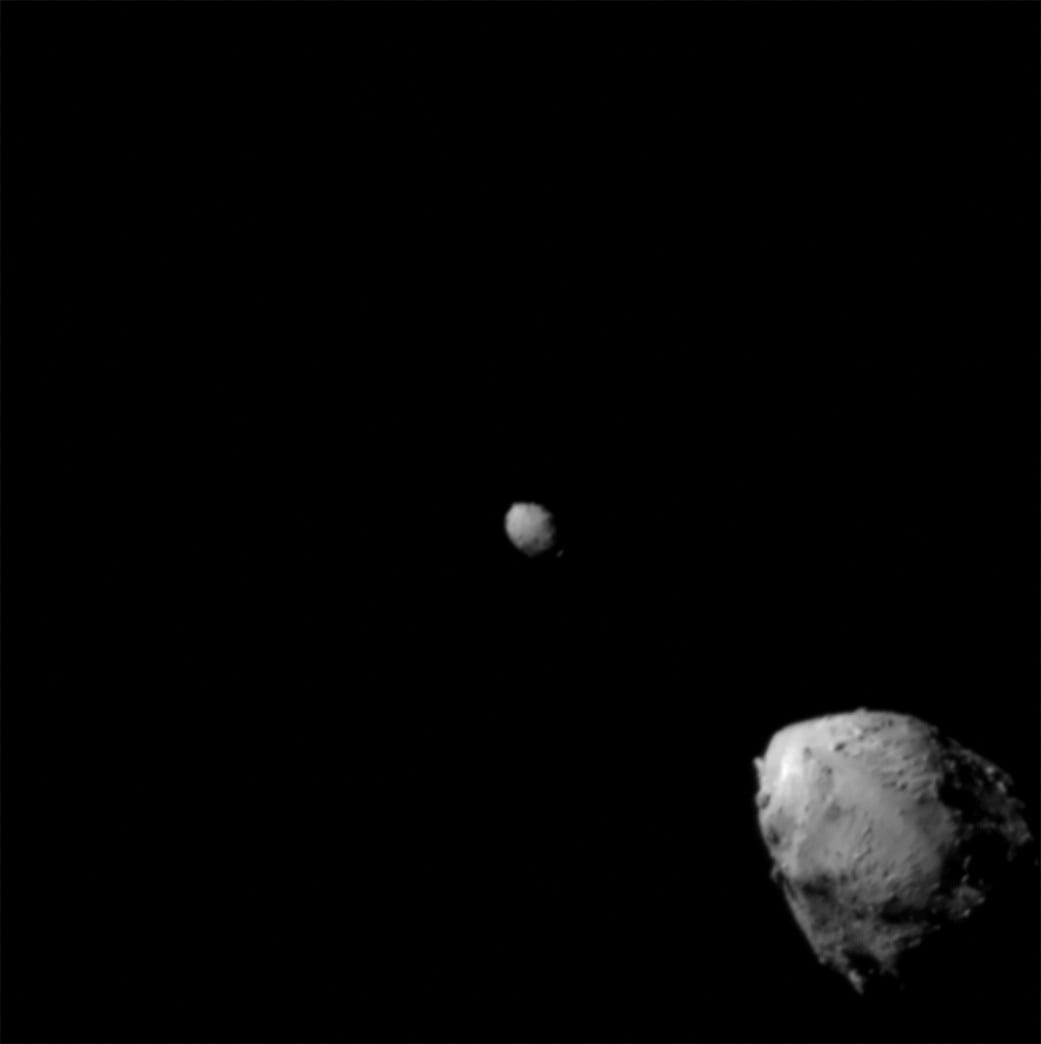
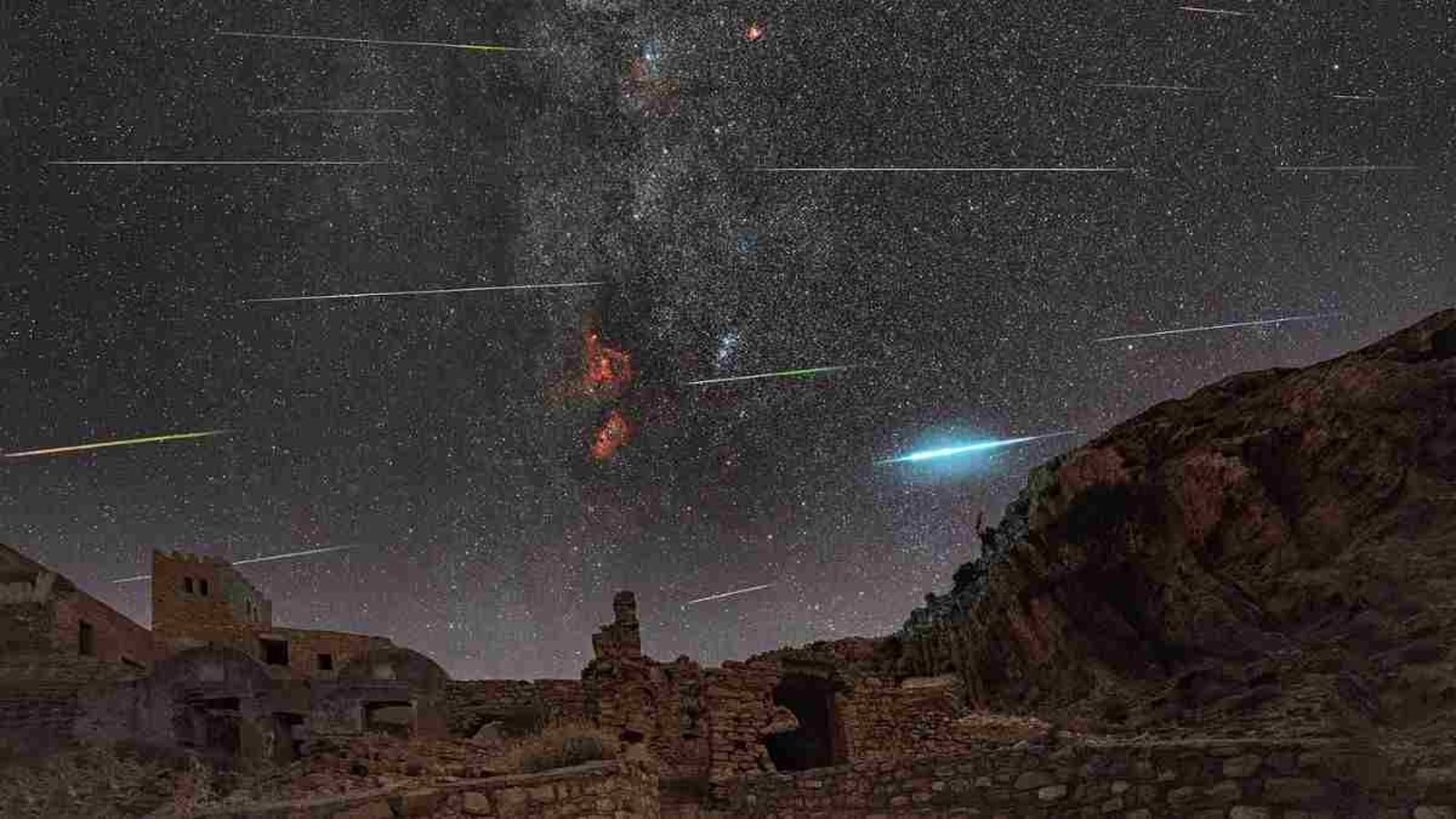
 View all Images
View all ImagesAsteroids have been a common occurrence these past few months with dozens of these space rocks flying by Earth at extremely close distances. But asteroids are not the only celestial objects which have shown their presence across the sky. A meteor was recently spotted streaking across the sky in the Pacific Northwest. It was visible from hundreds of kilometers away across Washington state, Oregon and southern British Columbia.
People who witnessed this phenomenon captured the blazing meteor via their smartphones or door cameras and submitted the footage on the American Meteor Society website, according to the Weather Network. Although its timing coincided with the Draconid meteor shower, this meteor was not part of the shower which was visible across the sky on October 8 and 9. During the meteor shower, Earth is hit by millions of small icy rocks which disintegrate from the parent comet. These small space rocks burn up long before they can reach the surface and what we get to see is the long streaks of fire in the sky as they burn up in the atmosphere.
What is a Meteor?
According to NASA, Meteors are objects in space which enter Earth's atmosphere at high speed and burn up, and are visible in the form of fireballs or “shooting stars”. If the meteor falls on the surface of the planet without burning up completely, it is called a Meteorite.
This flash in the Seattle sky at 10:18pm woke me right up. Meteor? Satellite? That Astros homer finally returning to Earth? (Sorry)
— Jack Clemens (@jack_clemens) October 13, 2022
Any ideas @NWSSeattle ?
(Located in West Queen Anne. Ignore the camera light's blue reflection on my window glass.)
#meteor pic.twitter.com/0Rq8DBmVTn
Although most meteorites found on Earth originate from smaller asteroids, they can also potentially originate at nearby planets such as Mars or even the Moon. Scientists can tell where meteorites originate based on several lines of evidence. They can use photographic observations of meteorite falls to calculate orbits and project their paths back to the asteroid belt.
What is a meteor shower?
When meteor material falls on Earth, most of it burns up while entering the atmosphere, leaving behind trails of shooting stars. According to NASA, this phenomenon is known as a Meteor Shower. Several meteors per hour can usually be seen on any given night. When there are many meteors, it might mean that you're witnessing a meteor shower.
Catch all the Latest Tech News, Mobile News, Laptop News, Gaming news, Wearables News , How To News, also keep up with us on Whatsapp channel,Twitter, Facebook, Google News, and Instagram. For our latest videos, subscribe to our YouTube channel.































